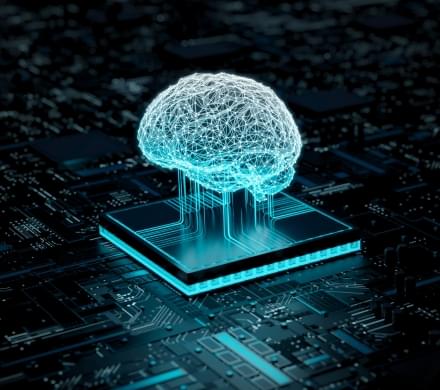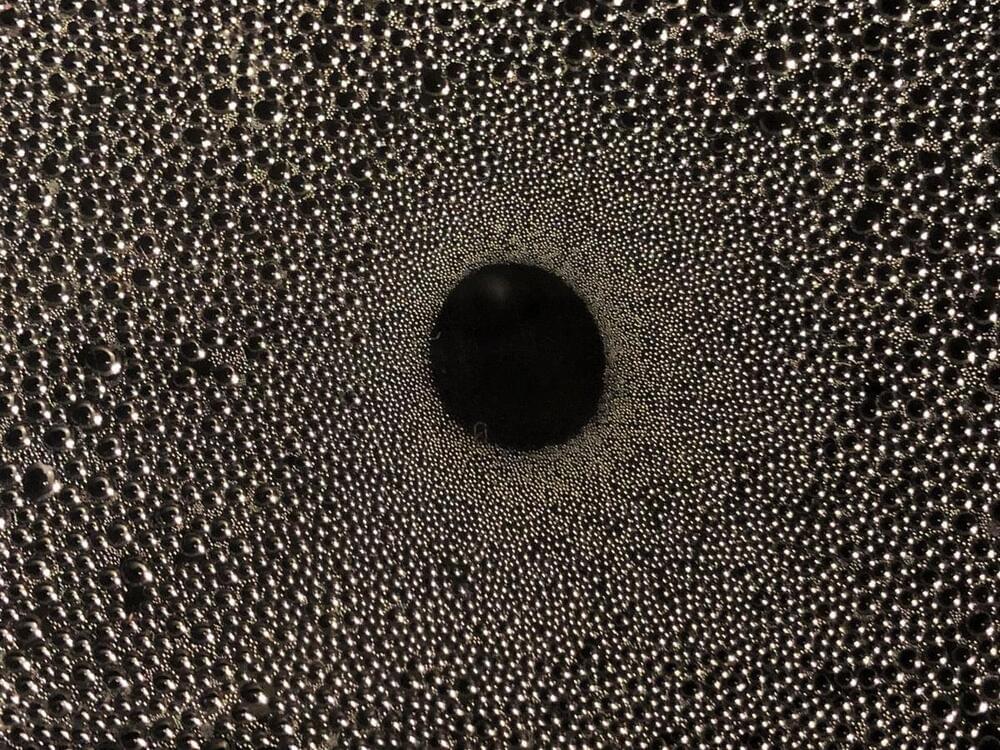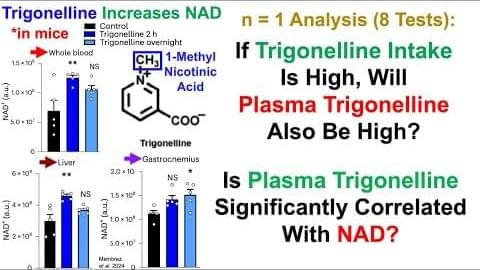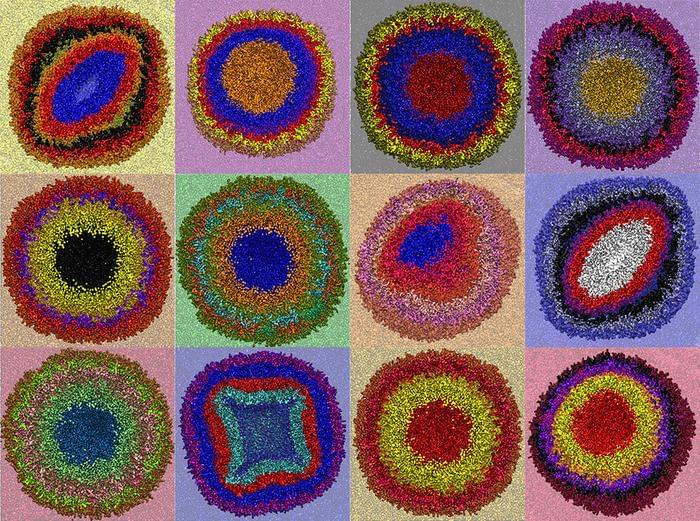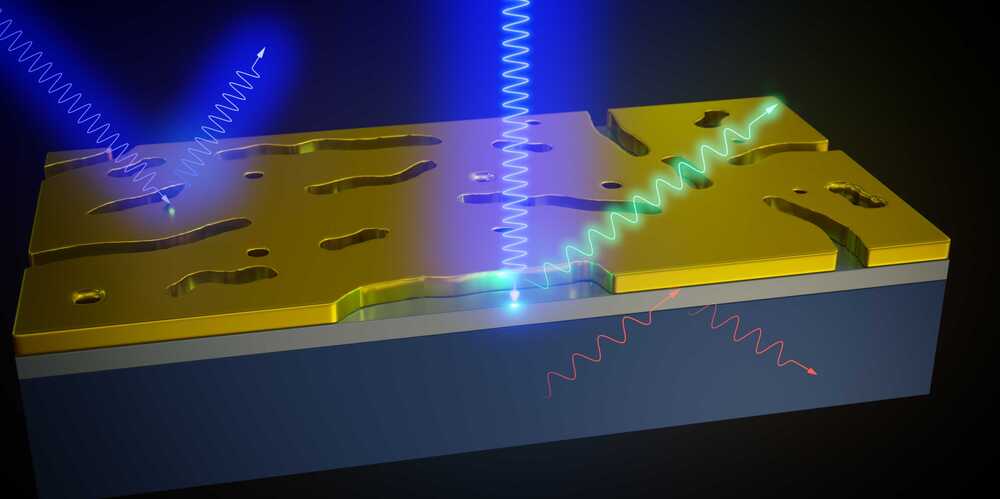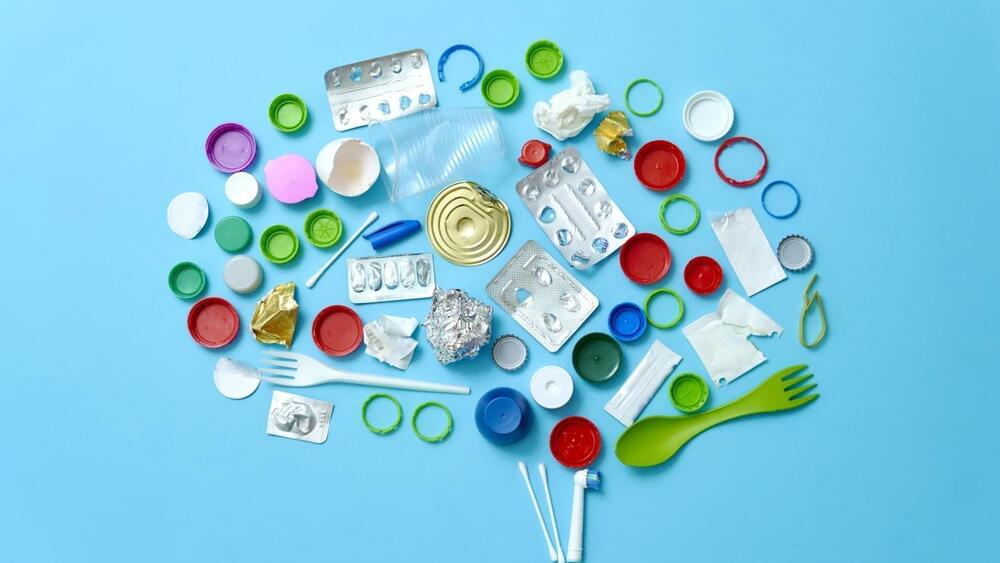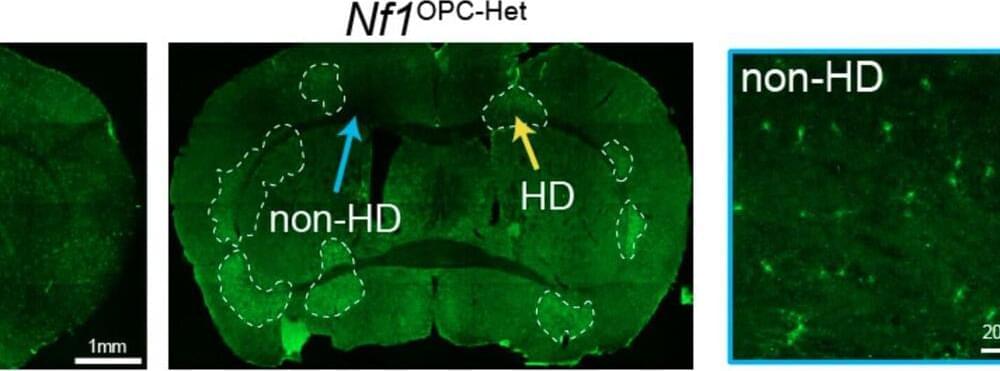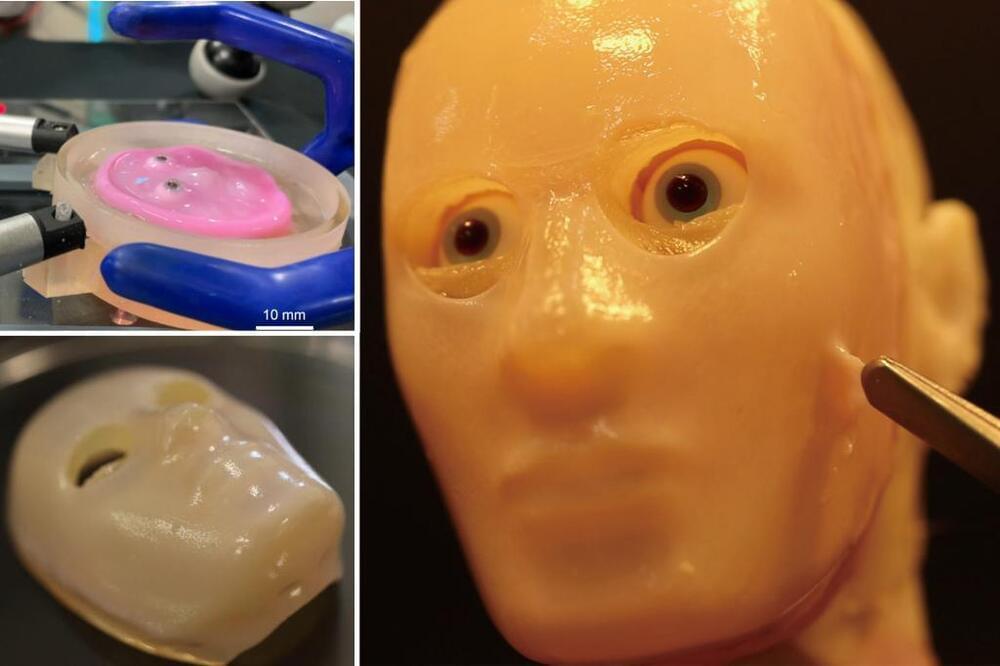Jun 26, 2024
Brain in a dish — the potential of organoid intelligence and biological computing
Posted by Dan Breeden in categories: biotech/medical, neuroscience, robotics/AI
In February 2023, Frontiers in Science published an article titled “Organoid Intelligence (OI): The New Frontier in Biocomputing and Intelligence-in-a-Dish.” Since its publication, this research has sparked significant scientific interest and gained coverage in Forbes, Financial Times, Wall Street Journal, BBC, CNN and many others.
So, what is organoid intelligence and why has this article gathered such attention?
